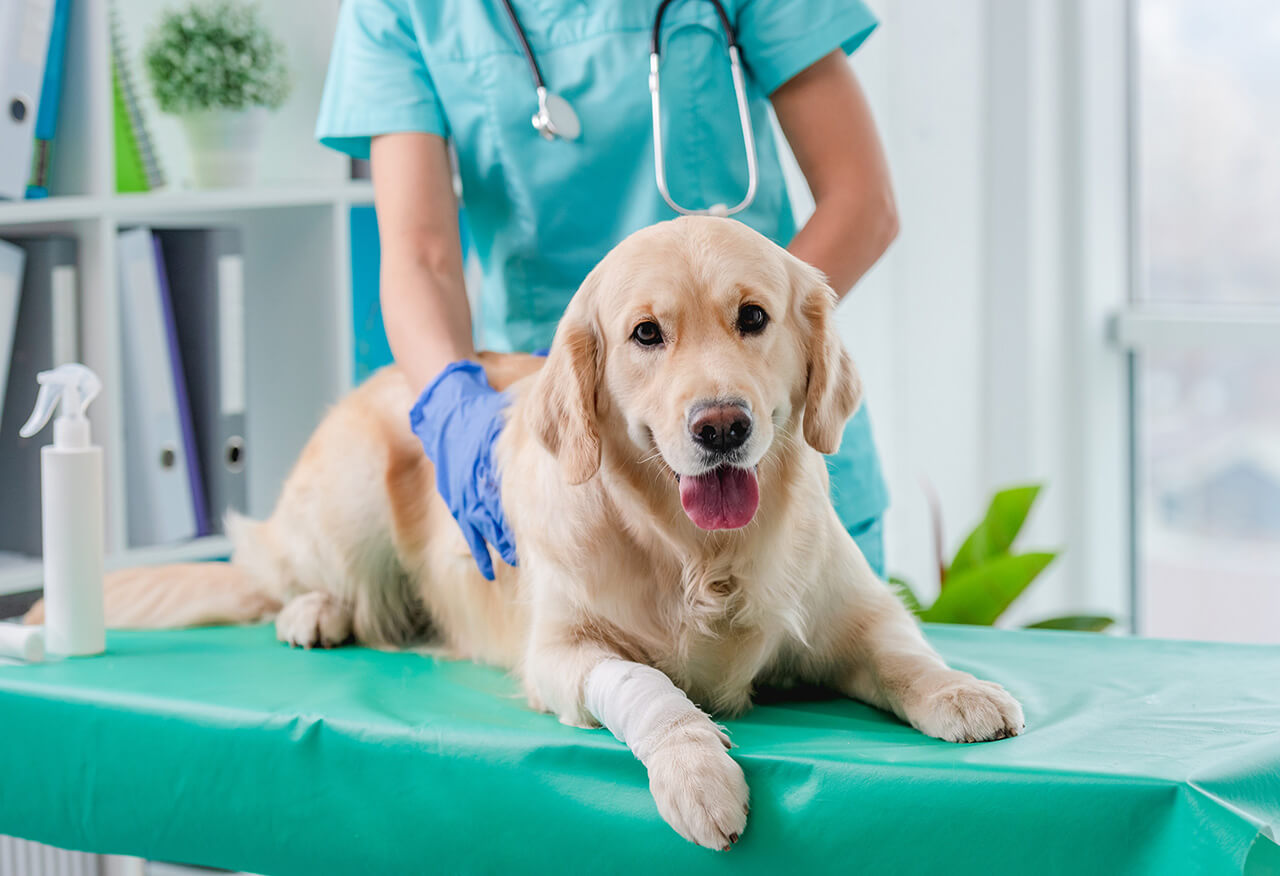7:01 pm

If your pet experiences a veterinary emergency, you need to act quickly to ensure they receive the care they need as soon as possible to help improve their prognosis. However, while some emergency situations are apparent, others are not obvious, so keep reading to learn signs that indicate your pet needs emergency veterinary care.
Why: Significant blood loss can lead to shock and potentially death. If your pet is bleeding excessively, or the bleeding doesn’t stop after applying pressure for five minutes, your pet needs emergency care.
What you should do: If your pet is bleeding, apply clean towels or cloths to the area and apply pressure for five minutes. If the blood soaks through the material, add more padding rather than removing the blood soaked material and replacing them with clean cloths, which helps prevent disrupting any forming blood clots. If your pet has a limb wound, apply a tourniquet (e.g., a belt) between the wound and your pet’s body to help staunch the bleeding until you can get to a veterinary emergency hospital.
Why: Any significant trauma, such as being hit by a car or falling from an elevated height, can result in serious injury. Your pet may seem OK, but they must still be evaluated by a veterinarian to check for internal bleeding or other potential problems.
What you should do: If your pet can move, quickly take them to the nearest veterinary emergency hospital. If your pet is immobile, use a towel or blanket to gently carry them to your car and keep them as warm and still as possible on the way to the veterinarian.
Why: Many foods, medications, household items, and plants are toxic to pets, and exposure can result in serious pet health consequences, such as kidney or liver failure, heart complications, and seizures. Toxin exposure is always considered a veterinary emergency.
What you should do: If you know or suspect your pet ingested a toxin, first aid steps include:
Why: Heatstroke is a life-threatening condition that can cause your pet body-wide complications. All pets are susceptible to heatstroke, but those at highest risk include overweight pets, brachycephalic breeds (e.g., bulldogs, pugs, Boston terriers), senior pets, and pets with a heart or respiratory condition. Signs include lethargy, excessive panting, thick, ropey drool, and red mucous membranes.
What you should do: If your cat is exhibiting urethral obstruction signs, don’t hesitate to take them for emergency veterinary care. If your pet overheats, first aid steps include:
Why: If your cat is exhibiting urethral obstruction signs, don’t hesitate to take them for emergency veterinary care. Urethral obstruction most commonly affects male cats. A complete blockage can cause a urine back-up, damage the lower urinary tract, and lead to kidney failure. Signs include vocalization at the litter box, frequent litter box visits, straining in the litter box, and licking their hind end.
What you should do: If your cat is exhibiting urethral obstruction signs, don’t hesitate to take them for emergency veterinary care.
Why: Watching your pet have a seizure is scary. Worse, a seizure can indicate a serious medical condition, such as head trauma, toxin exposure, brain tumor, or epilepsy.
What you should do: If your pet has a seizure, first aid steps include:
The ability to recognize a pet emergency and the knowledge to provide first-aid care are important to improve your pet’s prognosis. Contact Animal Emergency & Referral Associates if your pet experiences a veterinary emergency.